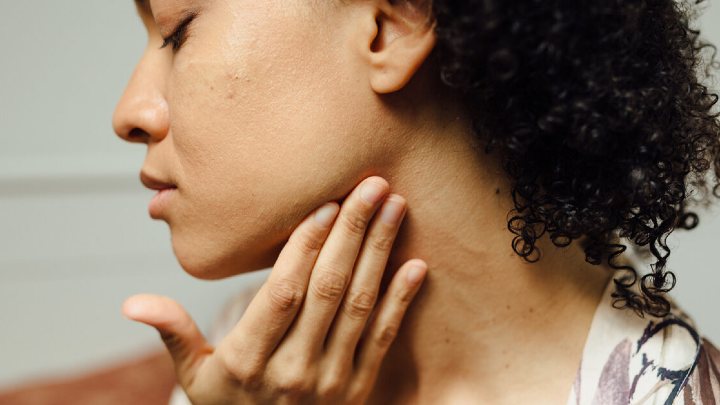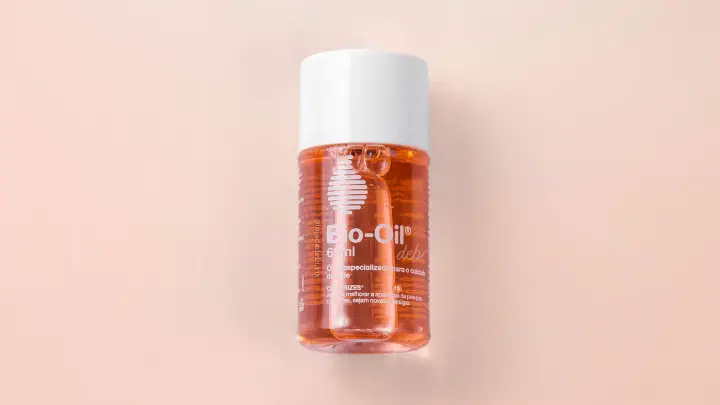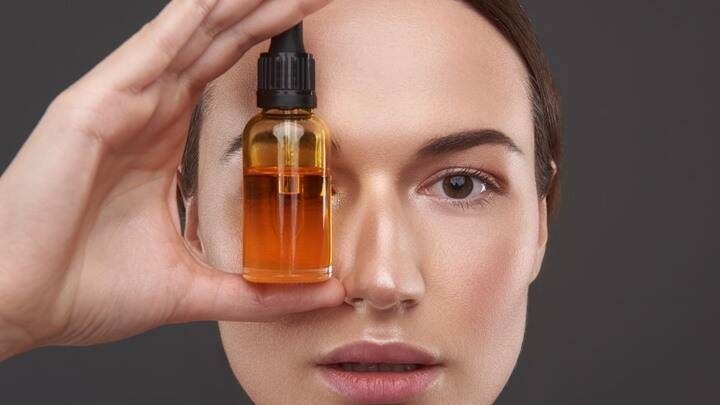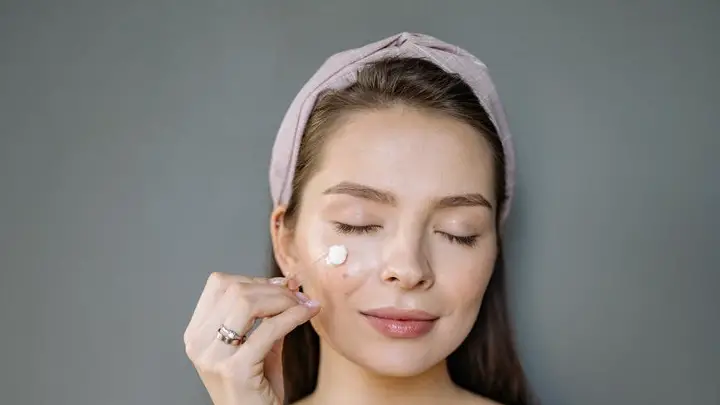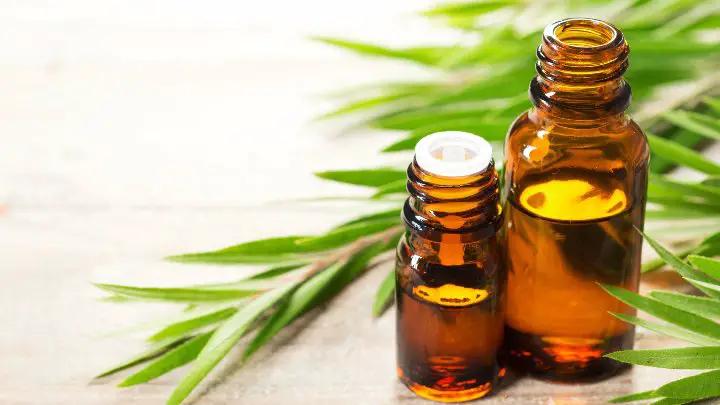Benzoyl peroxide and hyaluronic acid are two effective skincare ingredients that perform two different functions. Benzoyl peroxide is an effective medication for acne treatment while hyaluronic acid is the lead moisture-retaining ingredient.
Sometimes, it’s easier and better to just go with a product recommendation than having to pick your ingredients yourself. But, if carefully and correctly done, you’ll love the effect of these ingredients on your skin.
So, benzoyl peroxide and hyaluronic acid, what is it about these ingredients in the world of skincare? The only way to find out is to continue reading.
What Does Benzoyl Peroxide Do for Skin?
Benzoyl peroxide (BPO) is a readily available OTC medication for mild to severe acne. So, this peroxide has an acne-battling reputation like alpha-hydroxy acids. Benzoyl peroxide works to kill the bacteria responsible for acne from right beneath your skin.
A board-certified dermatologist, Dr. Jessica Krant describes benzoyl peroxide this way, “it is so effective and reliable for acne because it works via several different mechanisms at once.”
As part of its preventive properties, it helps to unclog your pores, dissolving the dead skin cells and excess sebum that play key roles in acne breakouts.
Furthermore, benzoyl peroxide treats both inflammatory acne (pustules, cystic acne, and papules) and non-inflammatory acne which may be blackheads or whiteheads.
This peroxide has exfoliating properties with which it sloughs off dead skin cells, fading acne scars. BPO uses its antimicrobial, anti-inflammatory, and exfoliating properties to address acneic skin and keep your skin flawless.
However, as powerful and wonderful as it is, it is not without its buts. This peroxide can worsen acne during your first days of using it. It can cause more breakouts and make you think it isn’t working.
Furthermore, BPO can dry out your skin and cause irritations. For this reason, people with sensitive skin types are advised to tread cautiously around it.
How Should You Use Benzoyl Peroxide for Your Skin?
Products like cleansers, face masks, gels, spot treatments, acne creams, and acne body washes incorporate benzoyl peroxide in their formulas. And each product comes with different additives and concentrations of BPO.
So, you should pick based on your skin needs and product preference. BPO can be irritating for some skin types and cause irritations.
The concentration you use should be based on what part of your body you’re applying the medication to. Seeing that facial skin is very thin and sensitive, you’ll need a lower concentration of BPO compared to when you’re applying it to your back or arms.
As a benzoyl peroxide first-timer, you should introduce it slowly and in small concentrations like you would retinol. When your skin can tolerate it better, you can use more concentrations.
For instance, you can start with using it every other day, then once a day, and then, twice a day. Most importantly, do not apply benzoyl peroxide to the skin around your eyes.
What Does Hyaluronic Acid Do for Skin?
Every skin type glory in the moisture-boosting property of hyaluronic acid. Whether you have dry skin, dehydrated skin, oily or acne-prone skin, or even sensitive skin; your skin will fare better with this acid.
Unlike other acids, it doesn’t sting your skin. Rather, it refreshes your skin by attracting water molecules from your environment or drawing up moisture from the deep layers of your skin and retaining the moisture.
Hyaluronic acid is naturally present in the skin. But as you age and under certain harsh weather conditions, the natural levels deplete, and the skin relies on an external source to make up for this loss.
Hyaluronic acid uses its humectant properties to soothe skin inflammation that is characteristic of acne breakouts. The moisture boost enhances wound healing and tissue repair.
As hyaluronic acid binds to water molecules, it also binds some water molecules to collagen, the protein responsible for promoting skin elasticity. As a result, it helps to smoothen fine lines, wrinkles, and other signs of premature aging.
In every sense of the word, hyaluronic acid is mild and suitable for everyone.
How Should You Use Hyaluronic Acid for Your Skin?
You can find hyaluronic acid-based products like cleansers, serums, moisturizers, lotions, creams, gels, and hydrating masks. You can use any of these products based on your preferences.
When you’re using hyaluronic acid, it is best to apply it to damp skin. If applied to dry skin, it can strip your skin of moisture and lead to excessive dryness. Also, you should not use too much hyaluronic acid.
In your skincare routine, use hyaluronic acid twice a day, in your morning and evening routine. Hyaluronic acid is also good and safe to layer with ingredients like retinol which can irritate your skin.
Besides the topical application of hyaluronic acid, there are injectable versions that are used as dermal fillers.
Dr. Shereene Idriss, a board-certified dermatologist, explains that dermal fillers use hyaluronic acid in a gel-like consistency to help regenerate volume, and improve the appearance of sagged skin, fine lines, and wrinkles.
If there are any drawbacks to using hyaluronic acid, it is with the injectable versions but gladly, it is short-term.
Can You Use Benzoyl Peroxide and Hyaluronic Acid Together?
Yes, you can. Your skin will be glad you did. Benzoyl peroxide and hyaluronic acid make a great mix and match pair. Both ingredients make a good match for treating acne and soothing your skin.
Benzoyl peroxide and hyaluronic acid synergize to improve the overall appearance and texture of your skin.
BPO has great potential to dry out your skin as salicylic acid and retinol do. Hyaluronic acid, on the other hand, has great potential to moisturize your skin.
BPO is an effective ingredient in acne treatment. Hyaluronic acid can help acne treatment with its moisturizing and soothing properties. Therefore, you can incorporate both ingredients in your acne skincare routine for effective results.
While BPO exfoliates your skin and removes debris, it may leave your skin dry and exposed to breakouts. Moreover, because it is an ingredient that can trigger cell turnover, it can purge your skin on first contact.
Pairing it with hyaluronic acid will restore moisture to your skin, and soothe and protect it from likely breakouts and skin purges.
In addition, hyaluronic acid has good penetration power. Using it with benzoyl peroxide can enhance the penetration of BPO and increase its effectiveness.
How to Layer Benzoyl Peroxide and Hyaluronic Acid
When it comes to layering products, how you do it, and what product you layer over another is very important. For a reactive medication like benzoyl peroxide, extra care needs to be taken.
Benzoyl peroxide may come in gels, lotions, cleansers, or creams. Regardless of what product it comes as you need to layer a moisturizer like hyaluronic acid over it.
Cleanse your face
Just like every skincare routine, begin with cleansing your face with a mild face wash or cleanser. Clean off any oil, dirt, makeup, or previously applied skincare product to create a clean canvas for BPO to penetrate.
After cleansing, do not exfoliate your face or use any product that contains alpha- or beta-hydroxy acids. Dry your face with a clean towel that won’t shed lint.
Apply benzoyl peroxide product
If you’re using a BPO lotion, cream or gel, take a dollop that will be sufficient for total coverage. Rub the product between both palms and gently rub it into your skin.
Ensure to not apply too much product such that it leaves residue on your skin. A thin coating over your skin will do. After application, leave it to absorb into your skin for up to five minutes. This time allows your skin to take in BPO and it takes effect.
If it’s a leave-in product, do not rinse. Otherwise, go ahead to rinse your face before you go on to the next step.
Layer hyaluronic acid
After five minutes, layer a moisturizer that contains hyaluronic acid to soothe your skin and keep it from drying out. Also, hyaluronic acid moisturizer acts as an occlusive to seal in the ingredients in the BPO product.
The moisture it provides your skin helps to prevent your skin from the common peeling and flaking using BPO may cause.
Shield skin with sunscreen
Benzoyl peroxide may make your skin photosensitive. Despite applying hyaluronic acid, you still need to layer a broad-spectrum sunscreen to shield your skin from the damage of UV rays.
After sunscreen, you can go ahead to apply other cosmetics like your makeup.
Is It Bad to Mix Benzoyl Peroxide and Hyaluronic Acid?
No, it is not. Benzoyl peroxide and hyaluronic acid make a great pair to hydrate your skin and keep it supple as you battle acne.
Acne treatment is quite powerful and can dry out your skin. So, hyaluronic acid, a moisturizer that is up to the task of soothing your skin, should be layered after benzoyl peroxide.
FAQs
Does your skin purge with hyaluronic acid?
No, it does not. Hyaluronic acid is not an ingredient that exfoliates your skin or increases cell turnover, so, it will not purge your skin.
Hyaluronic acid is a hydrating ingredient that increases and retains skin moisture, giving you radiant and supple skin.
Does your skin purge with benzoyl peroxide?
Benzoyl peroxide is an ingredient that increases cell turnover and reveals a brighter, flawless complexion. Therefore, it will purge your skin during the first few contacts.
It will irritate your skin and worsen your acne. However, this purge only lasts between 3-5 weeks. But if the purge continues after this period, you should discontinue use and see a doctor.
Can you apply moisturizer after using benzoyl peroxide for acne?
Yes, you can. Layer a non-comedogenic moisturizer over your skin a few minutes after applying benzoyl peroxide over acne. If you’re applying moisturizer after BPO, be careful not to spread the acne treatment all over your face.
To keep BPO from reaching unaffected areas of your face, you may apply moisturizer over the acne areas before applying BPO. Then, apply moisturizer all over your face.
Conclusion
Benzoyl peroxide and hyaluronic acid are two important ingredients in any skincare routine. Oily and acne-prone skin especially benefits from these ingredients.
BPO is a good medication in an acne skincare routine. Hyaluronic acid is the skin’s boon for moisture. BPO and hyaluronic acid can be used together to address acne skin.
The exfoliating property of BPO can dry out your skin and make your skin purge. Pairing it with hyaluronic acid will reduce these tendencies and help you address acne.
Individually, each ingredient is excellent for addressing skin issues. However, together, they make a powerful duo to treat acne and make your skin supple.
Thanks for reading.
If you are looking to know your skincare ingredients and how they can help your skin, check Serum101.
